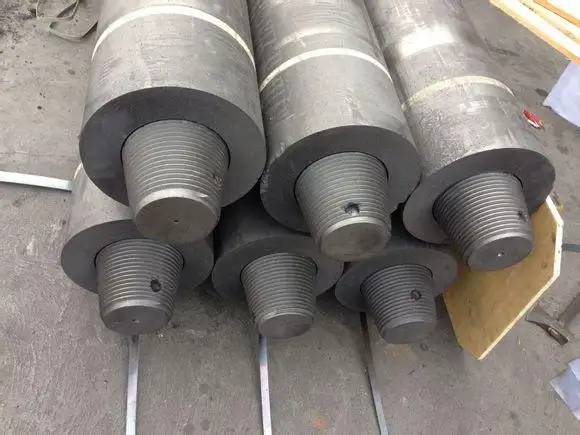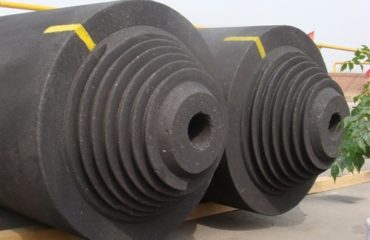
The advantage of graphite electrode is that it is very easy to process, the removal rate of metal is high and the loss of graphite is small during electric discharge. Therefore, more and more mold factories abandon the use of copper electrodes and use graphite electrodes instead. So, what are the advantages of graphite electrodes?
1. Graphite is easy to form and will not deform. Some shapes of electrodes are not easy to make with copper, but they can be easily completed with graphite. For example: thin sheet electrode, copper is easy to deform during machining and EDM, but graphite can be easily achieved, and graphite can use larger current and processing speed during EDM, so there is no need to worry about the deformation caused by excessive temperature. The workpiece is damaged.
2. Trimming and polishing of graphite. Generally, graphite does not need to be polished after processing. This also reduces the accuracy error of the electrode after forming and shortens the production cycle.
3. The specific gravity of graphite is 1/5 of that of copper, and the weight of graphite with the same volume is 5 times lighter than that of copper. The large electrodes made of copper are too heavy, which is very unfavorable to the precision of the spindle of the EDM machine tool during long-term electric sparks. Graphite will not, and it is very safe to handle
4. Graphite can have a high processing speed, and the processing speed of general graphite is 3-5 times faster than that of ordinary metals. Moreover, choosing a tool and graphite with appropriate hardness can reduce the wear of the tool and the loss of the electrode.
5. The EDM (electric spark) of graphite is fast and the loss is small. Because the melting point of copper is 1083°C, and the temperature during EDM is 1100°C, copper electrodes are relatively easy to consume and wear after EDM. Graphite will only sublimate at 3550°C. As long as reasonable processing parameters are matched, graphite electrodes can achieve zero loss in a theoretical sense. Thereby avoiding the number of repeated electrode processing.

